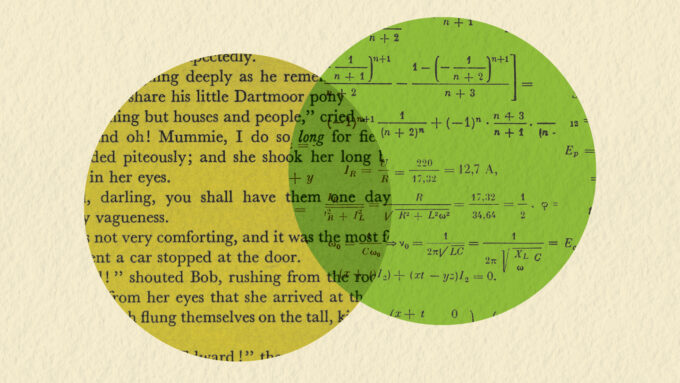
‘Once Upon a Prime’ finds the hidden math in literature
In her new book, mathematician Sarah Hart explains how math shapes all sorts of literary works, from nursery rhymes to Moby-Dick.

In her new book, mathematician Sarah Hart explains how math shapes all sorts of literary works, from nursery rhymes to Moby-Dick.
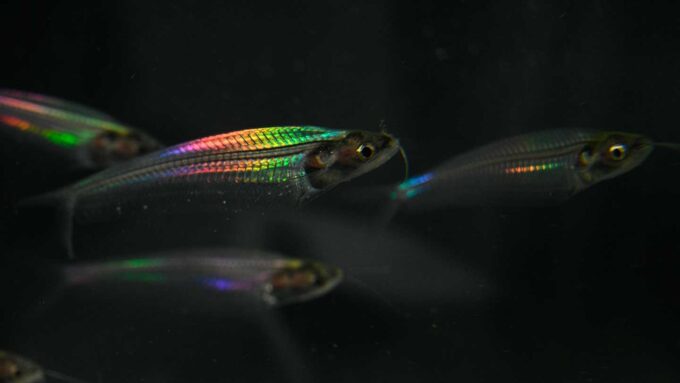
Repeated structures in the ghost catfish’s muscles separate white light that passes through their bodies into different wavelengths.
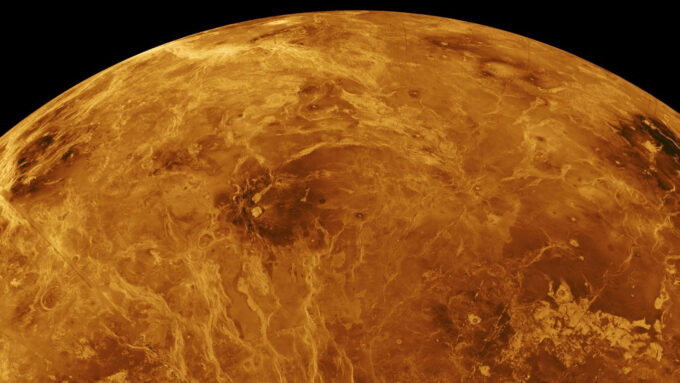
Where are there NOT volcanoes on Venus? A new map of the planet unveils a veritable volcanic bonanza.
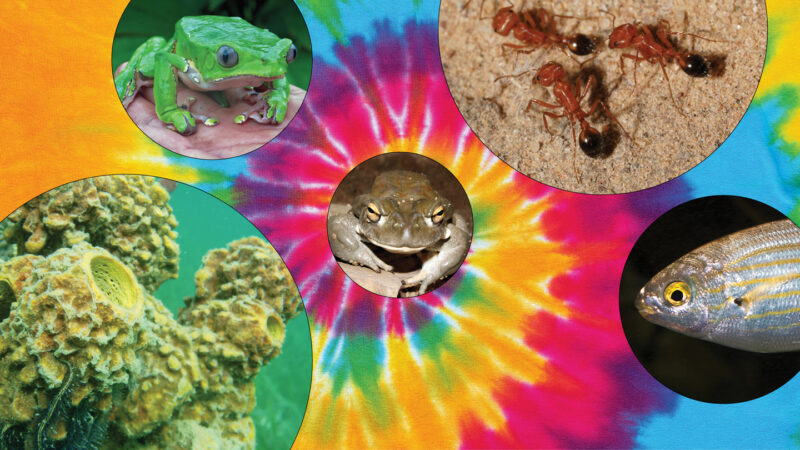
Their psychedelic and other potentially mind-bending compounds didn't evolve to give people a trip.
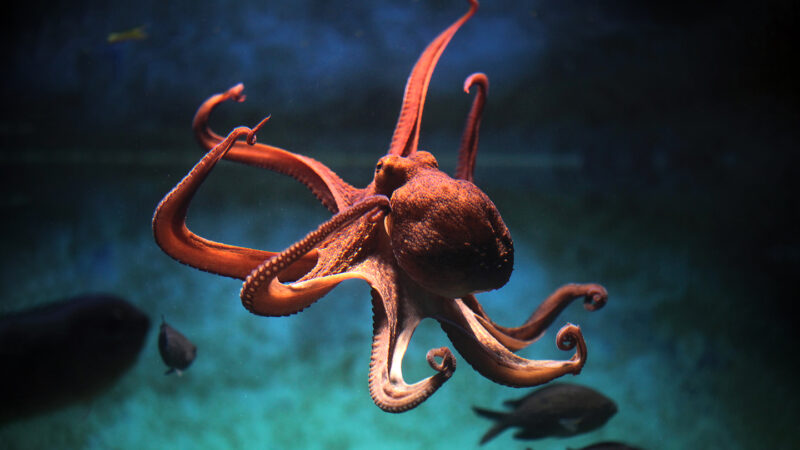
Modifications to RNA could explain the intelligence and flexibility of shell-less cephalopods.